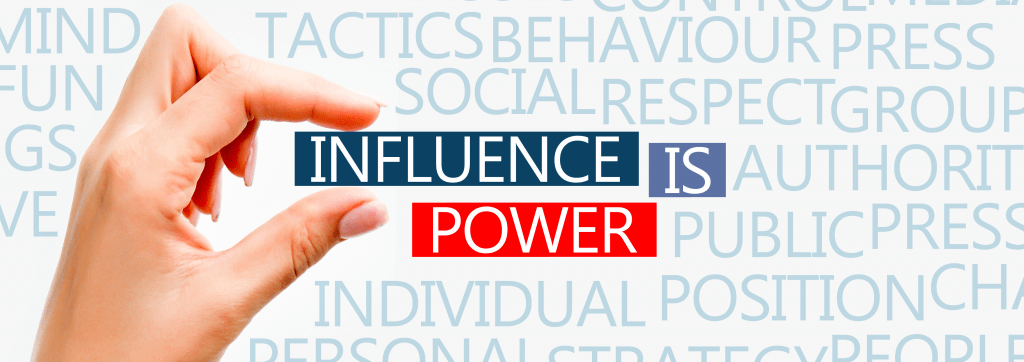Lead When You are Not in Charge Workshop
To assist our clients to develop highly trained and skilled employees capable of meeting or exceeding the job demands TBS conducts leadership training for leveraging influence. The four learning objectives of this training will better assist clients employees in understanding techniques and tips on how to “Lead When You are Not in Charge.”
Half-Day Agenda

Introduction
Goal: Introduction of Staff; review agenda & seminar goals/objectives
Learning Objective 1: Understanding People.
Goal: SOCIAL STYLE is the world’s leading Behavioral Style model. It has been used by thousands of organizations to improve performance. Years of research into workplace success have shown that people are one of four SOCIAL STYLEs, each with their own preferred way of acting, thinking and making decisions. Understanding those preferences helps you determine the best way to interact with everyone more successfully. The learning objectives of the lesson are:
• Explain the four unique SOCIAL STYLEs and their behavioral preferences.
• Survey candidates to understand their individual social style.
• Dispel bias and confirm individual social styles.
Video: Style in Action and Observation
Exercise: Complete social style worksheets and participate in a group discussion reviewing and confirming social styles.
Learning Objective 2: Understanding Groups.
Goal: The five sources of power are often considered as the possession of authority, influence and certain skill over others. Power, depending on how effectively it is used, allows a person to take a lead of a situation and influence people, groups and organizations.
The Group dynamic is a social process by which people interact with groups using the
influences of personality, power and behavior on the group process. The learning objectives
of the lesson are:
• Understand the Five Sources of Power.
• Discover the social process by which people interact in a group environment.
• Gain an understanding of group norms and acceptable behaviors.
Learning Objective 3: The Characteristics of Leadership.
Goal: According to the Center for Creative Leadership good leaders help guide us and
make the essential large-scale decisions that keep the world moving. This session helps
attendees understand characteristics and traits of leadership, and how
and when to apply to assist them in influencing others to accomplish a shared goal or
vision. “Teamwork” is defined as a group of people working together to achieve a
common goal, and we discuss the process of “Team building,” which when applied
properly can improve the performance of the team and involves activities designed to
foster communication and encourage cooperation. The learning objectives of the lesson
are:
• Understand Leadership defined.
• Review the differences between a Leader and the Manager.
• Discover how Team Building and Teamwork can be used to accomplish objectives.
• Learn how coaching can help individuals enhance their performance and add value
to a team.
Exercise: Leaders You Admire table-top exercise.
Learning Objective 4: Influencing without Authority
Goal: Effective leaders don’t just command; they inspire, persuade, and encourage.
Leaders tap the knowledge and skills of a group, point individuals toward a common
goal, and draw out a commitment to achieve results. During this session we identify
key influencing skills, and how to best put them to use.
• Understand Persuasion vs. Negotiation.
• Review the four skills of Influencing.
• Learn how to deal with and resolve Conflict.
Video: Persuasion vs. Negotiation by Professor Bob Bontempo, Columbia Business School.
RT: 1.02.